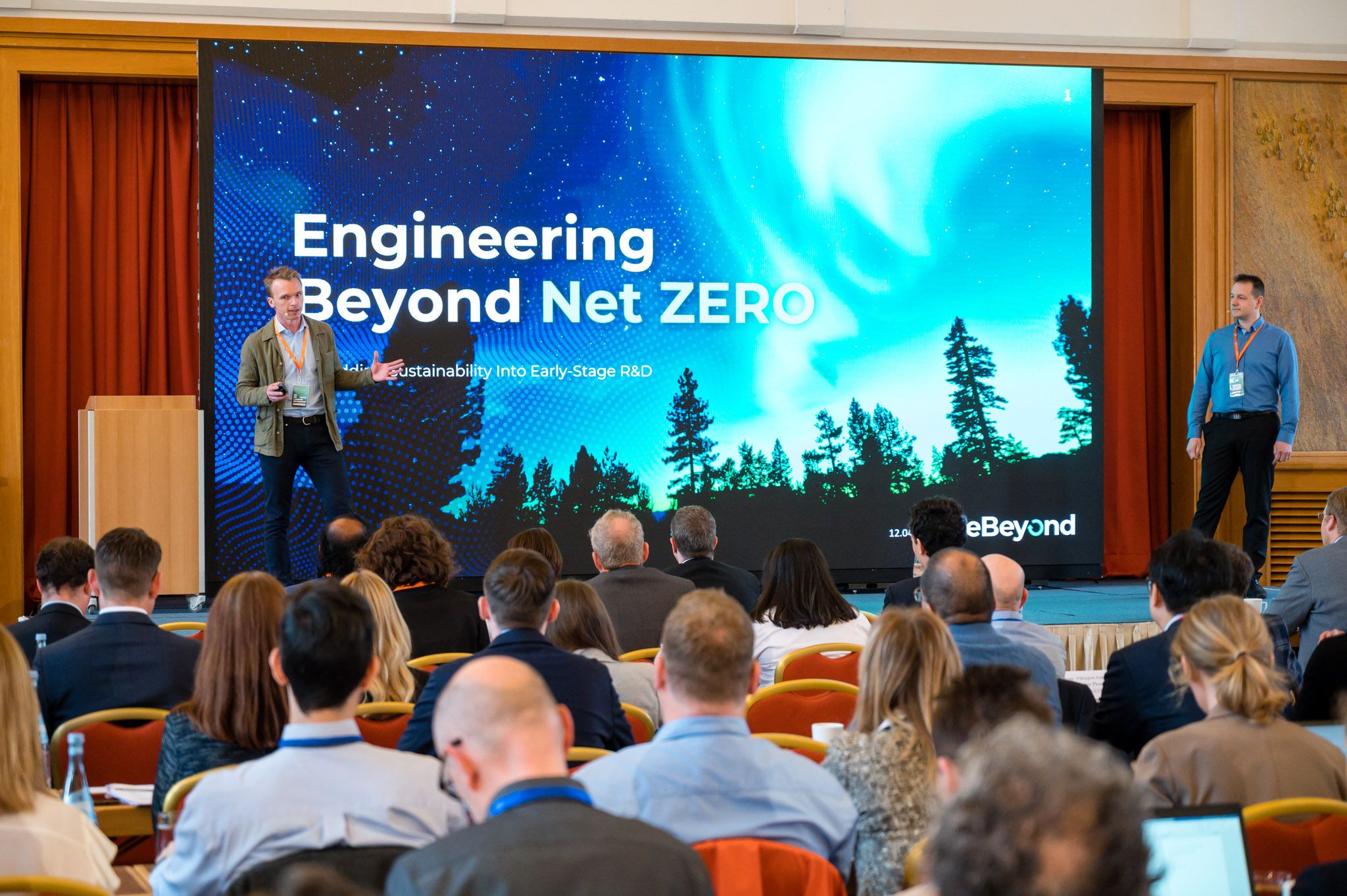
Advancing Circularity in the Automotive Industry: An Interview with Wiktor Dotter, CEO of ZeBeyond
ZeBeyond is a software company that has developed ePOP, a system optimization software that facilitates product design decision-making by synthesizing information from engineering, circularity and financial factors, to enable better, cost-effective and circular products made with minimal effort. CEO Wiktor Dotter has a corporate development background from original equipment manufacturers and tier 1 and 2 automotive suppliers, where he facilitated decision-making for boards of directors of both listed and privately held companies. ZeBeyond partnered with Trilligent for communications and media relations around its global launch and its presence at the most influential automotive industry conference, the CTI Symposium. Together, we showed industry players and investors how ZeBeyond’s ePOP product creates a circular solution across the product lifecycle and paves the way for a green future in the automotive industry.
Q: Transitioning into a circular economy requires a significant shift in how companies approach product development. How should companies approach embedding environmental, resource and regulatory impacts into the early stages of product development?
The shift from a traditional product-centric business model to a service-oriented approach is a major challenge. Embracing a “product-as-a-service” model becomes crucial, as the competitive differentiator lies in the product’s lifetime years. In this model, companies no longer focus on selling products outright but instead offer them on a subscription or service basis, focusing on optimizing product design and durability so customers use the services and product for longer.
From a legislative side, this transformation will be driven by Environmental Product Declarations (EPDs), which quantify environmental information of the life cycle of a product to allow for comparison. EPDs offer a competitive advantage to those who can effectively report their environmental information, which drives demand for robust software systems to gather and integrate data points from creation to end-of-life. While manufacturers are less concerned about EPDs, reporting on scope 1, 2 and especially scope 3 emissions in the supply chain is key for them*. Beyond merely reporting environmental data, the manufacturing industry needs to integrate that information into the design process.
Q: The concept of a circular economy is gaining traction in various industries, including automotive. Can you shed some light on what a circular economy looks like for electric vehicles and how ZeBeyond’s work supports this idea?
The current state of electric vehicles is not fully equipped to introduce a completely circular economy. This is due to the supply chains of materials associated with manufacturing and the inefficiencies in the collection and recycling processes. Some industry players aim to own the entire product life cycle by selling vehicles directly online, allowing for increased circularity. However, this approach raises concerns about restricting repairs to company-specific mechanics, potentially limiting market competition.
To achieve circularity it needs to be quantified, so that manufacturers and consumers alike can make informed decisions. This task is at the core of ZeBeyond’s ePOP software, which aims to provide intuitive tools applicable across technologies, industries and disciplines. From a technological perspective, circularity is already possible. The commercial path to market, legislation and willingness to invest is where the need for informed decision-making comes into play.
Q: Despite the increasing awareness of environmental issues and advances in technology, many feel that the automotive industry’s transition to e-mobility and sustainability is progressing too slowly. In your view, what are the main factors contributing to this perceived pace, and how can companies like yours help to accelerate the shift towards greener transportation?
Three factors impede the seamless transition to e-mobility and sustainability.
- The high capital intensity of cars hampers the widespread adoption of more sustainable options. This is becoming less relevant as electric cars become less capital-intensive and more software relevant.
- The prolonged time to market, with a standard timeline of five years for bringing a car to market.
- The lack of prioritization on the agenda. For manufacturers, factors such as cost, range, and speed acceleration continue to be more important than emissions over the lifetime of a vehicle.
To overcome these challenges, it is imperative to integrate sustainability knowledge into the engineering space and enact legislation that supports technology adoption.
Q: What kind of importance and challenges do you see for startups when it comes to communications and public affairs, and why did you decide to partner with Trilligent to navigate this, as opposed to other, more traditional consultancies?
In the startup landscape, differentiation is frequently lacking, and conventional marketing may appear unnecessary for engineers. Effective communication becomes crucial, but overcommunication without substantial product value can be counterproductive. By collaborating with Trilligent, we were able to get agile support that made our communication goals possible. Trilligent is also a relatable partner, helping us understand each other in a way that significantly benefits our partnership.
*ed. note: The different scopes describe the origins of a company’s emissions across the entire supply chain. Scope 1 describes direct emissions from owned or controlled sources, scope 2 emissions from purchased energy, and scope 3 indirect emissions that occur across the value chain.
RELATED ARTICLES





